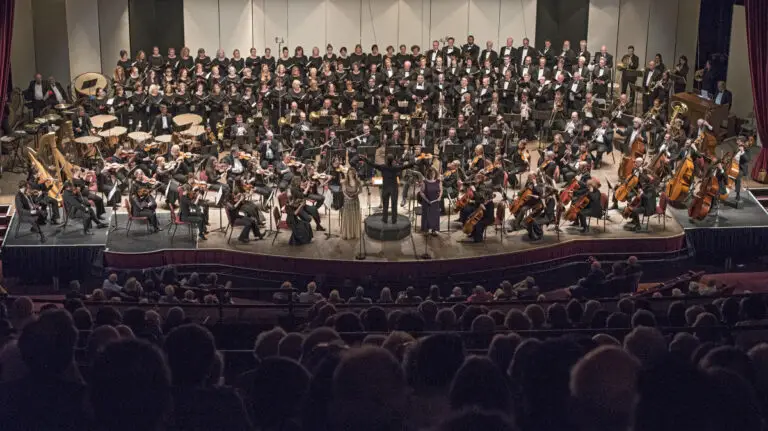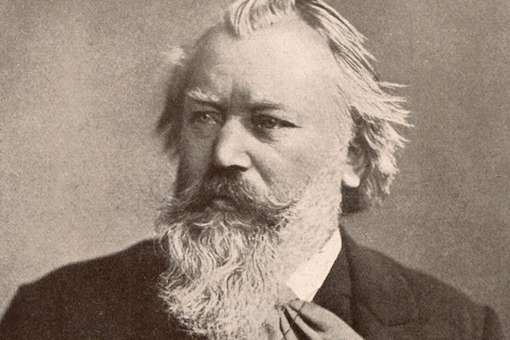On February 13, the Albany Symphony Orchestra performed three works: Sir William Walton’s Facade: An Entertainment, Tyson Davis’s Distances, and Serenade in D, op. 11, by Johannes Brahms. The concert was streamed virtually from Universal Preservation Hall in Saratoga Springs.

William Walton was a British composer known for his instrumental writing, and was nominated for two Academy Awards in the 1940’s. He was inspired by a friend’s poem to write Facade. It started as a piece just for speaker and six instruments, but Walton later expanded it to an orchestra. The ASO did well on this piece. The speaker, Lucy Fitz Gibbon, navigated the tricky passages and was able to shine.
The next piece performed by Albany Symphony Orchestra was Distances. It was composed by Tyson Davis. Davis, 21, a young but talented composer. He entered the UNC School of the Arts, studying with Lawrence Dillon. Later, he wrote for Eighth Blackbird, the Attacca String Quartet, and UNCSA Symphony Orchestra. He worked with the National Youth Orchestra to premiere a work that was commissioned by the American Embassy in Berlin to commemorate the 30th anniversary of the fall of the Berlin Wall.

Written after the start of the COVID-19 pandemic, Davis wanted to explore themes of emotions and anxieties that the “New World Order” of a pandemic have caused. To do this, he left the piece with ambiguity and lingering passages.
Brahms was a dominant composer of the nineteenth century; he was not revolutionary in terms of structural change, but he wrote beautiful, sweeping melodies. The Serenade was his first work for a “larger” group (originally eight people). The piece usually contains six movements, but the ASO opted instead for a rarity. Instead of those six, the ASO played four. Symphonies are traditionally four movements, not six, so the ASO played movements 1, 3, 4, and 6. With these four, it encapsulates what a traditional symphony is: a faster first movement, a slow second, a minuet or scherzo third, and a fast finale.

Brahms originally cast the work in four movements. Like so many of Brahms’ early efforts, that original form suggests a young composer wrestling with specter of the greatest of all symphonists, Beethoven, and trying to create a first symphony. The other movements were added later to create the Serenade.
Overall, the Walton was phenomenal, especially with the addition of Gibbon. If I had to describe Davis’s piece in one word, it would be, emotional. The piece evokes emotions that everyone is feeling. The symphonic arrangement gave better understanding of an earlier Brahms symphony.


Comments are closed.